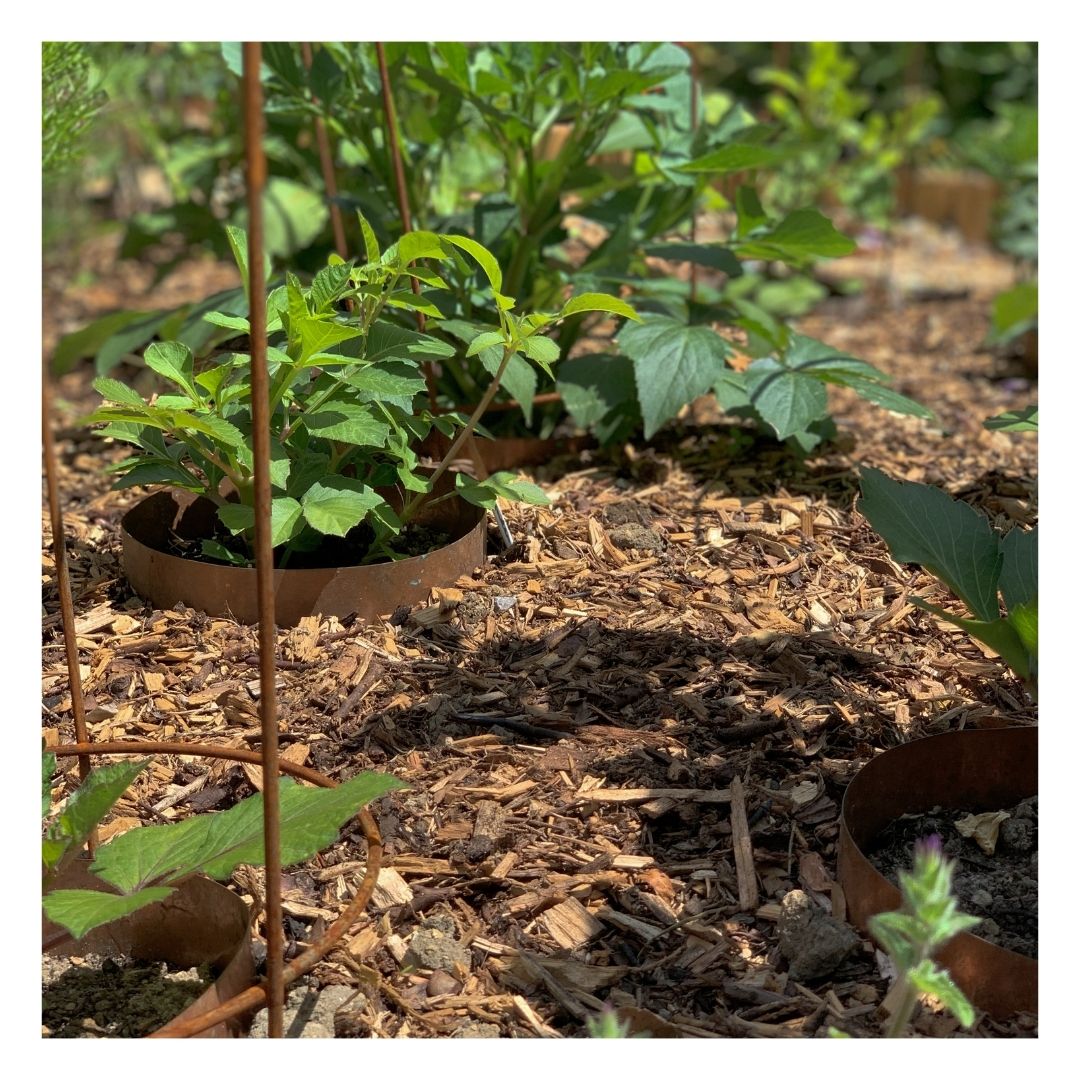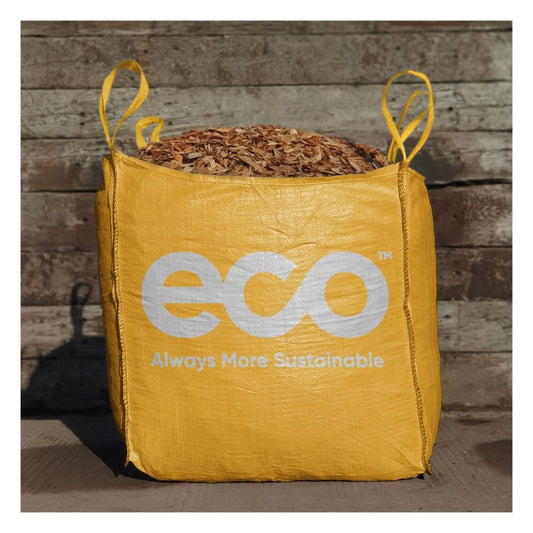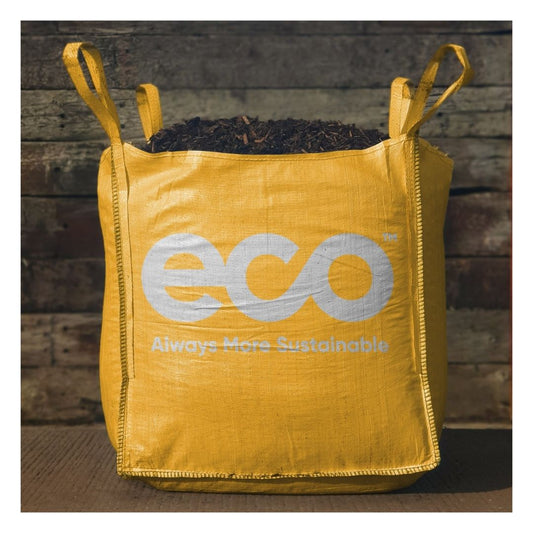How deep should mulch be to prevent weeds?
Most, if not all, professional landscapers, gardeners and grounds managers will know that using mulch has many benefits. Applying mulch at certain times of the year to flower beds, borders and around trees and shrubs, can help your plants thrive.
In addition to the benefits to your plants, mulch also looks attractive and provides a decorative, perfectly finished look to any garden, park or grounds.
Types of Mulch
Mulch can come in many different forms and types; it is essentially a surface. Mulch can be biodegradable (like bark chips, chipped brash or partially composted plant matter), or non-biodegradable (like gravel, shingle, slate, woven sheet or landscape fabric).
All mulch has benefits, but biodegradable mulch has slightly more benefits than non-biodegradable mulch, in that as it breaks down, the mulch feeds the soil and in turn the plants.
If you are wanting to use mulch to prevent or suppress weed growth, there is a minimum recommended amount of mulch that should be used to achieve this. Too little and the mulch won’t be able to effectively supress weeds, too much and the mulch may retain too much moisture for plants to thrive, or even risk developing mould which can rot the plant.
How Deep Should Mulch Be?
The optimum depth of mulch will depend on which on which type of mulch you are using.
For biodegradable mulches to be effective they should be applied at a depth of between 5cm (2in) and 7.5cm (3in). Use a depth of, or closer to, 7.5cm for an area which hasn’t had mulch applied to it before. A lesser covering of 5cm can be used if you are topping up the mulch on an area which has been treated previously.
It’s worth noting that no amount of mulch can stop weeds completely, especially if weeds have already taken root beneath the mulch. Tough weeds like dandelions can push straight through mulch unless they are properly removed before the mulch is applied. That is one reason why adequate preparation should be carried out before the mulch is applied. Weeds can even start growing through or in shingle and harder, non-biodegradable mulches. However, using mulch will certainly help to supress weed growth, and will stop weed seeds from getting to the soil below, preventing them from germinating in the first place, making your gardening tasks much easier, regardless of the size of the garden you are managing.
Calculating How Much Mulch To Use
To understand how much mulch you will need to buy you will need to do a little maths.
Roughly speaking, for mulch which is sold in a dumpy bag, the contents (approximately 1m3) will cover, around 13 square metres, at a depth of 7.5cm.
To work out how many dumpy bags, or cubic metres, of mulch you will need for your project, you should measure the width and length of the area, and know how deep you want your mulch to be and do the following sum:
Width (metres) x length (metres) x depth (millimetres) For example, for an area which is 6 metres long and 2 metres wide, with a required mulch depth of 7.5cm, your sum would look like this: 6 x 2 x 0.75 = 0.9m3
For this amount of mulch, one dumpy bag (1m3) would be sufficient, with a little left over. Find out more about the benefits of applying mulch in our blog. Alternatively, view our mulch products.
Shop Eco Mulch & Bark
-
Eco Woodland Garden Mulch
Regular price £126.95 GBPRegular priceUnit price per -
Eco Mulch: Soil Improving Mulch
Regular price £121.95 GBPRegular priceUnit price per -
Eco Bark & Mulch: Playground Chippings
Regular price £161.95 GBPRegular priceUnit price per -
Eco Amenity Bark Mulch
Regular price £136.95 GBPRegular priceUnit price per













